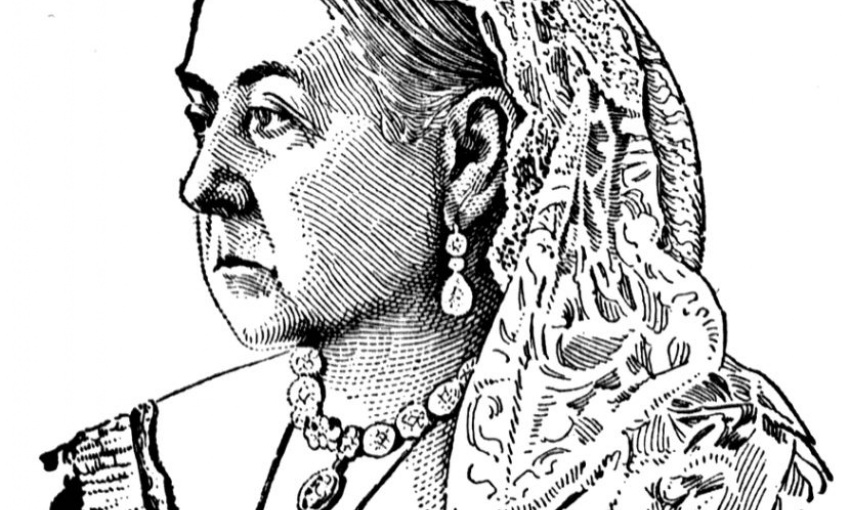Term 3 Week 4

What we are learning in Lilac Class for the week beginning 27.1.25
What we are doing this week in Lilac Class for the week beginning 27.1.25
For Maths this week in Lilac Class, we are solving calculations using short division and exploring what you need to do if the number you are dividing by does not divide exactly into the first digit. We will find out that a remainder must be less than the number being divided by. Lilac Class are then moving onto using the easiest and most efficient method to solve a calculation using division. We are exploring informal and formal methods such as partitioning, using known facts, factor pairs and number lines.
In English this week in Lilac Class, we are levelling up our viewpoint narrative and writing it up as a final best copy. This piece of extended writing is based on the first chapter of Berlie Doherty’s Street Child entitled ‘The Shilling Pie’.
For Whole Class Guided Reading Lilac Class are reading Chapters 4 and 5 of Berlie Doherty’s ‘Street Child’ entitled ‘The Workhouse’ and ‘Behind Bars’. These chapters are about Jim’s initial experiences in the workhouse, what he hears, sees and feels. We will be finding evidence in the text as to why Jim was really scared to speak out and why he wanted to escape.
In RE, we are finishing off our work about what keywords we could use to explain how a Hebrew would feel and experience. This is an activity to consolidate our work about the meaning of our key vocabulary – persecute, oppression, justice, injustice, freedom and salvation. Lilac Class are then exploring what Moses felt when he saw the Burning Bush. The children will be studying a painting of Moses and answering such questions as ‘Why do you think Moses had these feelings and emotions?’ and ‘Why do you think God chose Moses to free the Hebrew people?’
For Time and Place, Lilac Class are learning about the negative and positive effects of the Industrial Revolution on the population of Victorian Britain. We will also be finding out what historical bias means. Some events and aspects of the Industrial Revolution could be positive and negative depending on your point of view. In ICT, we are improving our sequences that use count-controlled loops and motors. In French, Lilac Class are learning words for dates and times. We are recapping the months and days of the week that we have previously learnt and are writing in French the time of daily routines. We will also be involved in partner work creating questions and answers.
For Science in Lilac Class, we are writing up our evaluation and conclusion to our experiment about testing for the best insulator. In Design and the Arts, we are continuing with our Victorian samplers using thread and binka. We will be learning to use a variety of stiches with different coloured thread. We are basing these on our plans.
